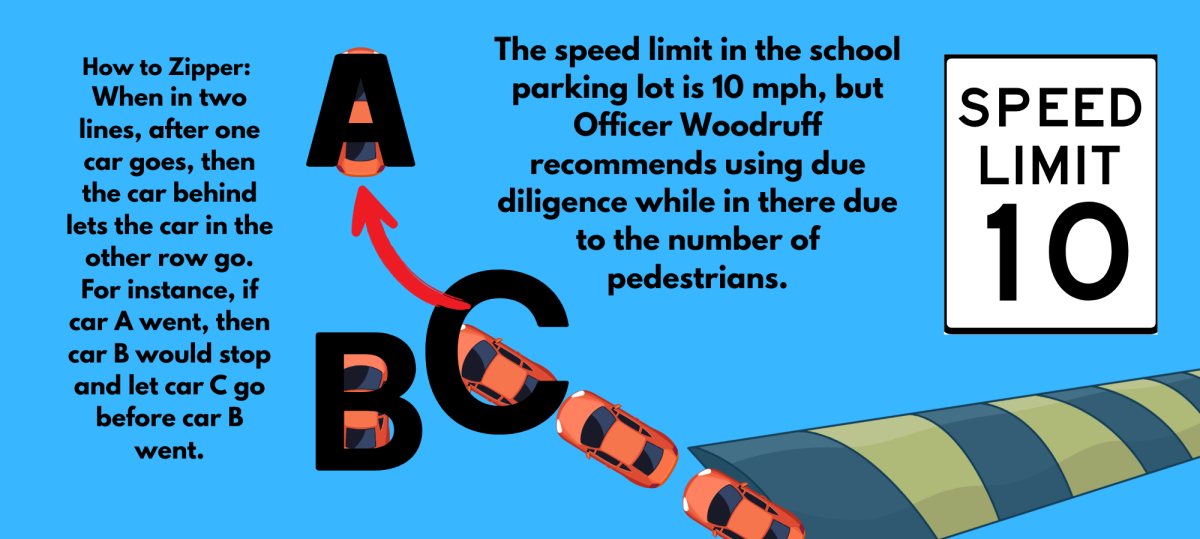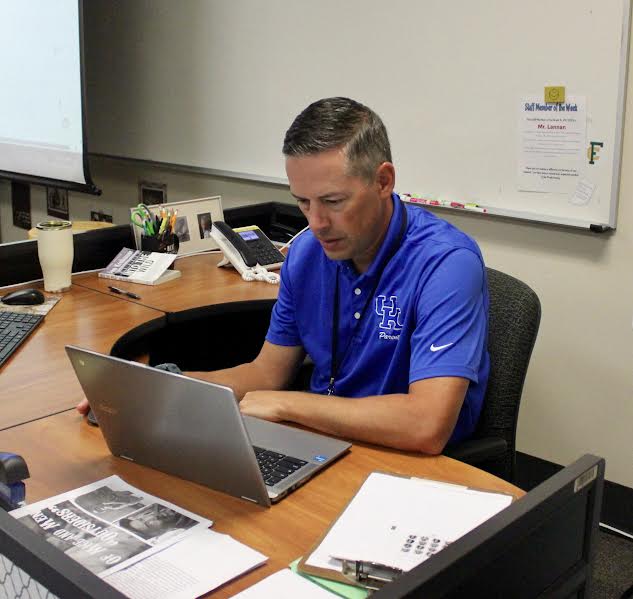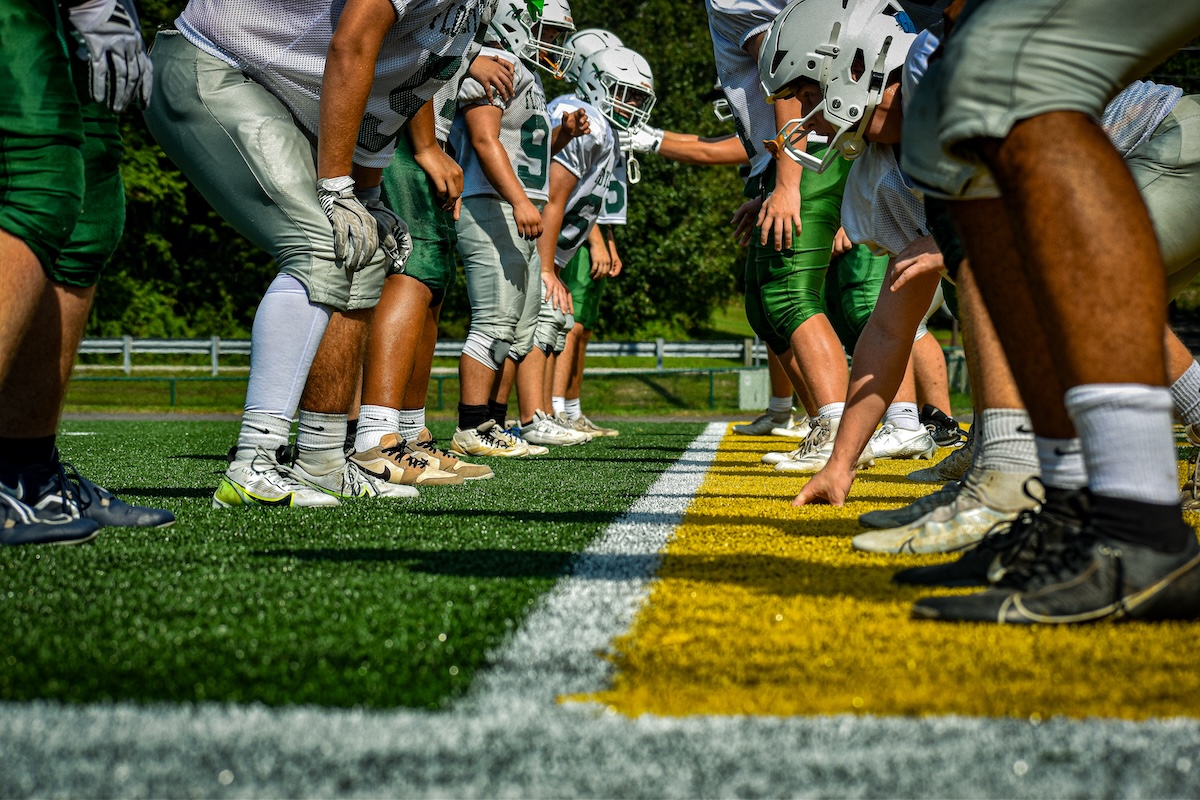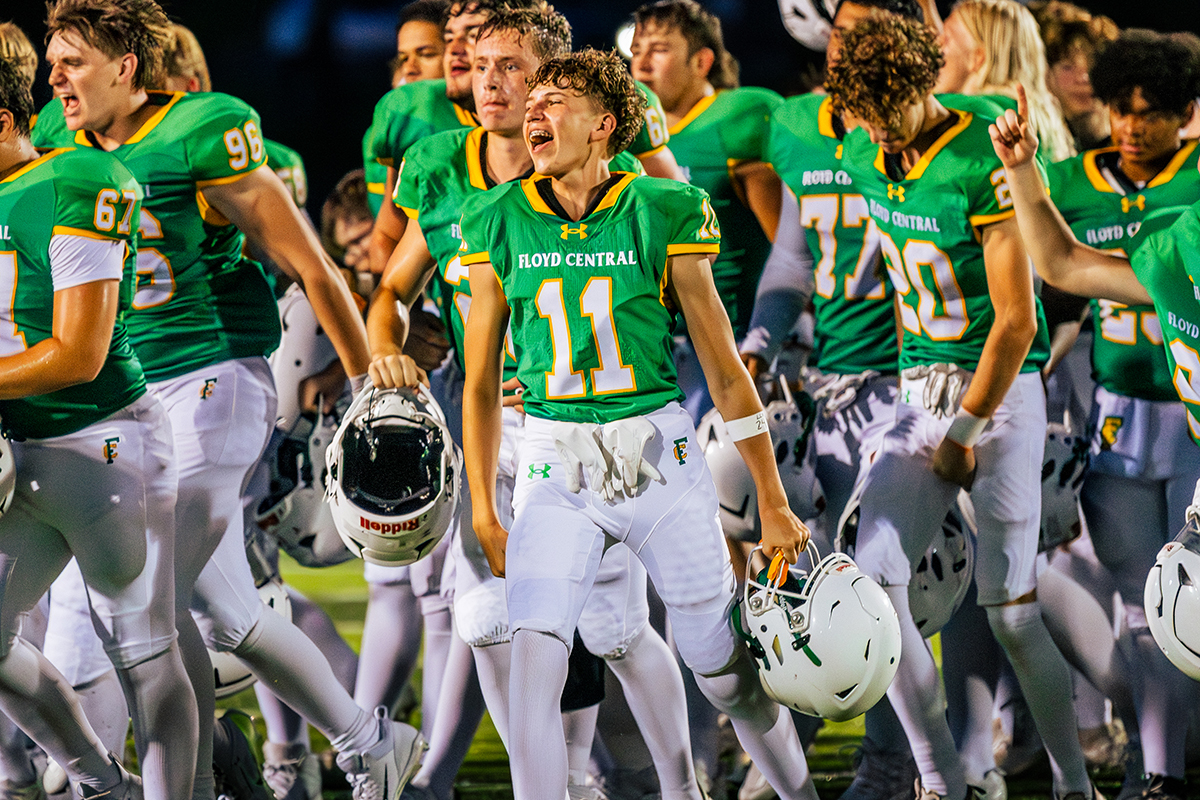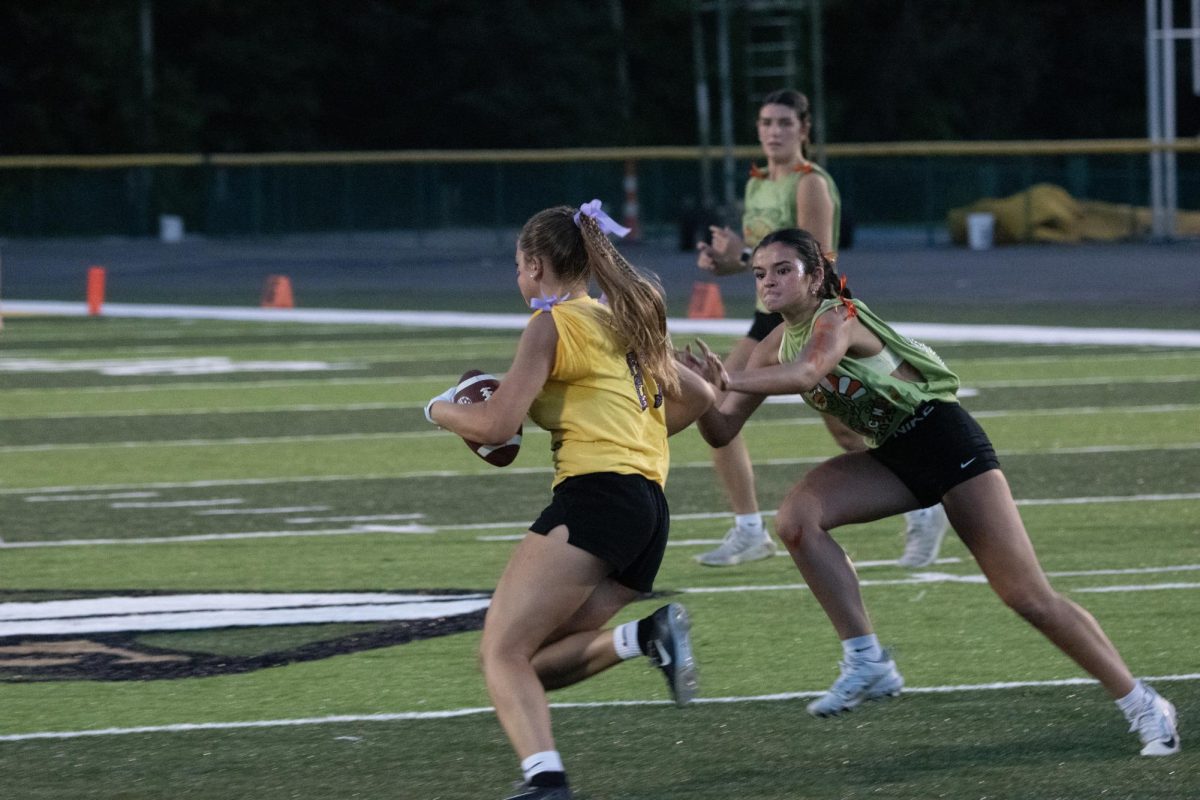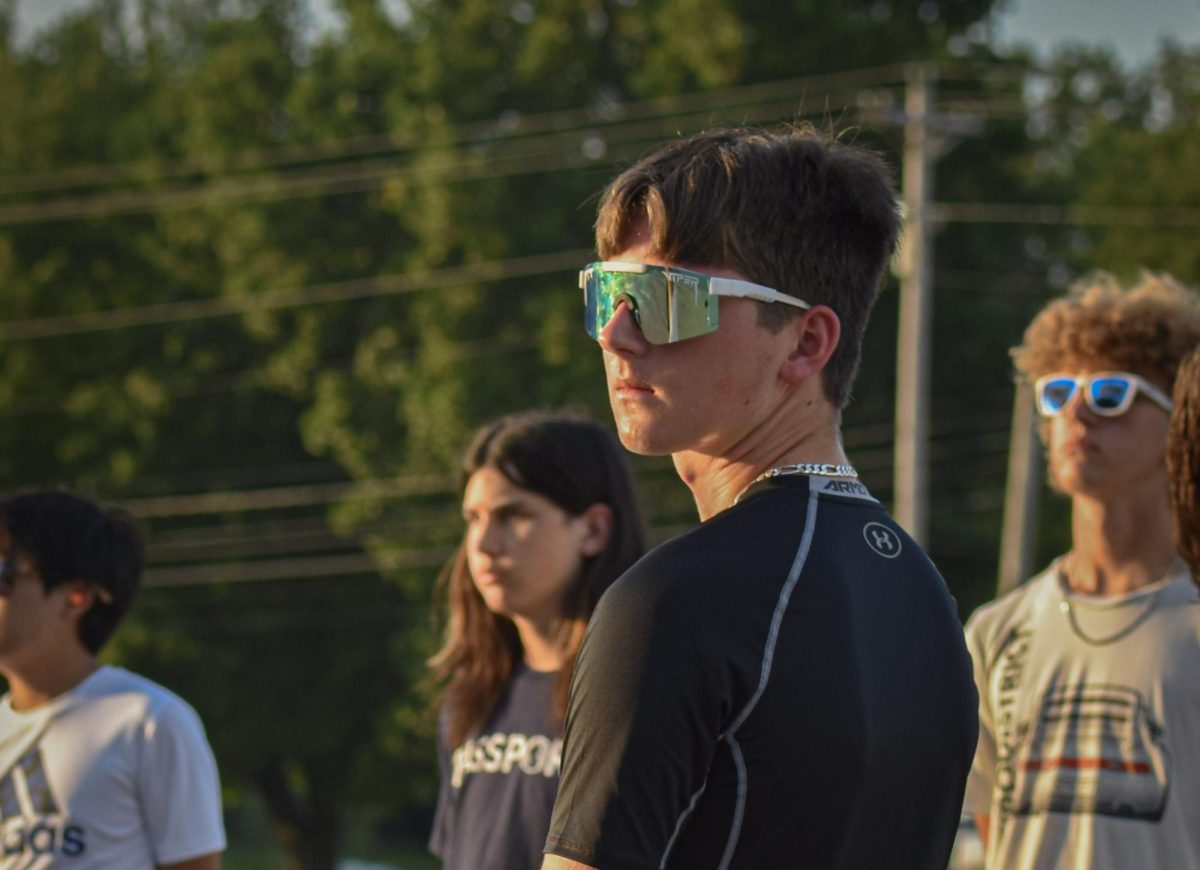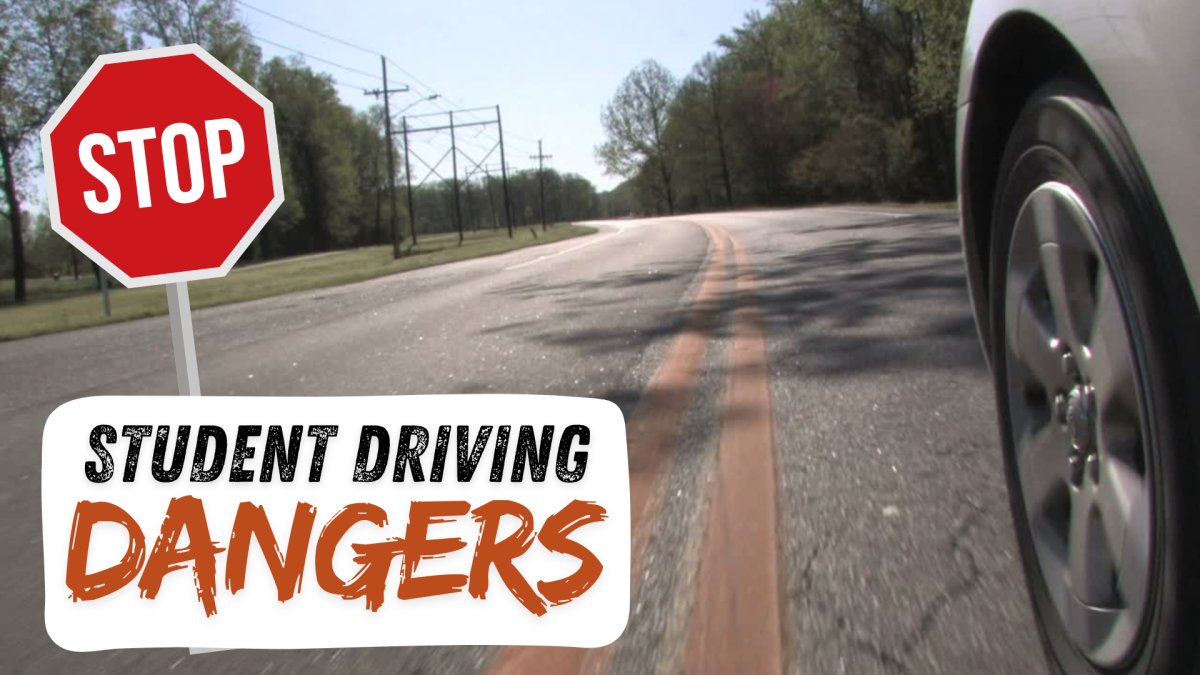When students become teenagers, there are many things to look forward to: jobs, relationships, college tours, and graduation. However, one of the most anticipated parts is getting a license. Whether a student pays for their car or is gifted one, many students are thrilled for their new, profound freedom and independence that comes with having their license. There is no longer the question of whether their parents can drive them or if their friends can give them a ride. They can hit the roads and take themselves wherever their wheels can move, controlling the speed of their cars.
In 2022, 2,883 teenagers were killed in motor-vehicle-related accidents in the United States alone, according to the Insurance Institute for Highway Safety (IIHS) and Highway Loss Data Institute (HLDI). That is almost 3,000 people who never became adults before they lost their lives in an accident.
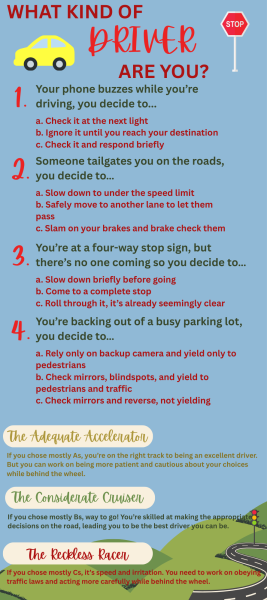 While every year, thousands of teenagers anticipate receiving their driving permits and licenses, the fact of what cars are is swept underneath the rug.
While every year, thousands of teenagers anticipate receiving their driving permits and licenses, the fact of what cars are is swept underneath the rug.
The article, How Much Does A Car Weigh?, written by Sam Rakestraw and published by Insurance Navy, claims that the average compact car weighs anywhere from 2,600 to 3,000 pounds. The vehicles that teenagers drive can quickly become death-guaranteed machines when they begin to hit exhilarating speeds.
Within our driver’s ed programs, there is not enough of an emphasis on the dangers of driving, especially once people become confident enough to drive 15 to 20 miles per hour (mph) over the speed limit. While many kids only slow down when there is a threat of a cop pulling them over, there are serious consequences to flying down highways and backroads, from minor accidents to fatalities.
No matter how good a driver you are, it can always happen to you.
While doing 5 mph over the limit is not dramatic, there is no reason to be doing 20, especially for new drivers. When someone sits behind the wheel of a car, their choices can directly impact the lives of those around them, whether it’s just the drivers around them or their passengers.
According to the Children’s Hospital of Philadelphia Research Institute, “The dangers of teen speeding are real. Speeding increases the distance needed to be able to stop the car while reducing reaction time to avoid a potential collision. In fact, among serious crashes where teen driver error was the cause, 21% occurred from going too fast for road conditions. Speeding also increases the likelihood that a crash will result in injury.”
There is no reason to endanger the lives of yourself and those around you. Even if you’re late to an event, the people who love you would want you to arrive tardy rather than never again.
As reported by the National Highway Traffic Safety Administration (NHTSA), “For more than two decades, speeding has been involved in approximately one-third of all motor vehicle fatalities. In 2022, speeding was a contributing factor in 29% of all traffic fatalities.”
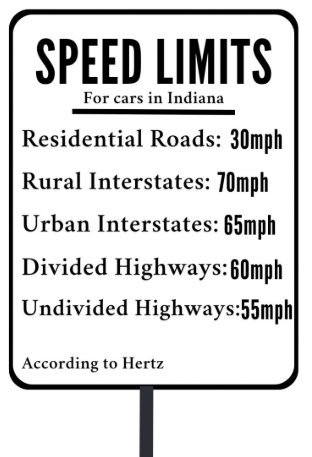 There are restrictions on receiving a license as a teenager. Such as one must have 50 driving hours, 10 of those at night. However, it is so easy to lie. To record these drives, someone only has to document them on a sheet of paper with the date and length of each drive until they reach 50. When parents become desperate for their kids to have their licenses, they do not see a fault in stretching the truth about how much their child drove. This can be catastrophic as students will not have enough practice behind the wheel.
There are restrictions on receiving a license as a teenager. Such as one must have 50 driving hours, 10 of those at night. However, it is so easy to lie. To record these drives, someone only has to document them on a sheet of paper with the date and length of each drive until they reach 50. When parents become desperate for their kids to have their licenses, they do not see a fault in stretching the truth about how much their child drove. This can be catastrophic as students will not have enough practice behind the wheel.
A student can drive dangerously and recklessly one hundred times, but if they can hit the bare
minimum once, they receive their license.

Speeding is not the only issue among teenage drivers. Every morning, students drive dangerously through the school parking lot. While this also includes speeding too quickly for the lot, some students often participate in doing “donuts” or driving in the opposite direction of traffic.
There are arrows on the pavement for a reason, indicating which direction to drive. While it is common courtesy to ignore the arrows right after school so that kids can exit efficiently, there’s no reason to disregard them in the mornings.
Especially right before and after school, driving recklessly can endanger the lives of students trying to leave or get to their vehicles. Pedestrians have the right-of-way; this rule does not dissipate just because it is at school.
Students need to take more accountability while behind the wheel. Driving is a privilege, and abusing this can and should result in the revoking of your license by your parents or even a legal suspension in severe cases.
Your life is not the only one endangered when you choose to act carelessly.


